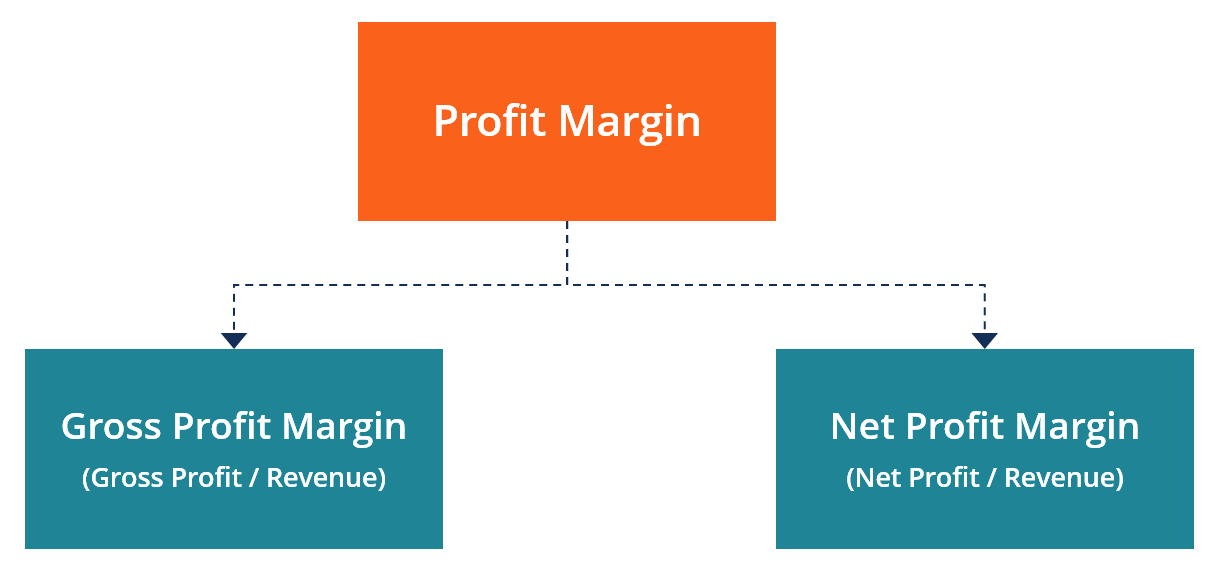Profit margins are one of the most important metrics for any business, especially startups. It represents the percentage of revenue that remains after all costs are accounted for. Startups often struggle to find ways to boost profit margins while balancing growth and sustainability. In this article, we will explore essential strategies to improve your startup’s profit margins, helping you maximize profitability without compromising on quality or customer experience.
This comprehensive guide will cover effective cost-cutting techniques, revenue enhancement strategies, and expert insights on optimizing your startup’s financial health.
Understanding Profit Margins
Before diving into strategies, it’s important to understand what profit margins are and why they matter.
What Are Profit Margins?
Profit margin is the percentage of revenue that remains as profit after all expenses have been deducted. It can be calculated using this simple formula:
Profit Margin = (Net Income / Revenue) × 100

Importance of Profit Margins in Startups
For startups, maintaining healthy profit margins is crucial for sustainability. Low profit margins can indicate inefficiencies or high costs, while high margins signify that the business is operating efficiently.
Reducing Operating Costs
Lowering operating expenses is one of the most straightforward ways to improve profit margins. This requires a careful balance of cutting costs without affecting quality or customer satisfaction.

Streamlining Operational Efficiency
Automating repetitive tasks and improving workflows can reduce labor costs. Invest in technology solutions such as cloud computing or CRM systems to streamline operations and minimize manual labor.
Outsourcing Non-Core Activities
Outsourcing tasks like IT support, payroll, or marketing can be more cost-effective than hiring in-house teams. Look for reliable third-party providers that offer high-quality services at a fraction of the cost.
Negotiating Better Deals with Suppliers
Building strong relationships with suppliers can lead to better pricing or payment terms. Renegotiate contracts regularly to ensure you’re getting the best possible deals.
Increasing Revenue Streams
While cutting costs is essential, increasing revenue can significantly boost your startup’s profit margins. Diversifying your revenue streams and optimizing sales processes are key strategies.

Expanding Product or Service Offerings
Offering complementary products or services can increase average order value (AOV) and create new revenue opportunities. For example, if your startup sells software, consider offering training or consultancy services.
Enhancing Upselling and Cross-Selling Techniques
Train your sales team to upsell or cross-sell to existing customers. Upselling involves encouraging customers to buy a more expensive version of a product, while cross-selling introduces them to related products.
Improving Customer Retention
It’s more cost-effective to retain existing customers than acquire new ones. Implement customer loyalty programs, offer personalized services, and ensure excellent customer support to boost repeat sales.
Optimizing Pricing Strategies
Pricing plays a critical role in determining profit margins. Your pricing strategy should reflect the value of your product or service while staying competitive in the market.

Value-Based Pricing
Instead of setting prices based on costs, use value-based pricing, which reflects what customers are willing to pay based on perceived value. This can help maximize profits without alienating your customer base.
Regular Price Adjustments
Don’t be afraid to increase prices when necessary, especially if you’ve improved your offering or added new features. Communicate the value behind the price hike to customers to avoid backlash.
Dynamic Pricing
Use dynamic pricing to adjust prices based on demand, competition, or time of purchase. Many e-commerce platforms use this strategy to optimize revenue.
Improving Inventory Management
For startups dealing with physical products, efficient inventory management is key to reducing waste and improving profit margins.

Implementing Just-In-Time Inventory
The just-in-time (JIT) inventory system reduces the amount of inventory kept on hand by ordering products only as needed. This minimizes storage costs and reduces the risk of excess stock.
Reducing Inventory Holding Costs
Too much inventory can lead to high storage costs and product obsolescence. By analyzing sales data and demand trends, you can maintain optimal inventory levels.
Leveraging Inventory Forecasting Tools
Invest in inventory forecasting tools to help predict demand more accurately and adjust your stock levels accordingly. This can prevent overstocking and understocking issues.
Leveraging Technology for Efficiency
Technology can provide startups with numerous tools to enhance efficiency and boost profit margins.
Adopting Automation Solutions
Automation software, such as accounting tools, customer relationship management (CRM) platforms, and marketing automation, can reduce manual tasks, lower labor costs, and improve productivity.
Data Analytics for Better Decision-Making
Use data analytics to monitor financial performance, customer behavior, and market trends. By analyzing this data, you can make informed decisions to optimize pricing, reduce costs, and increase revenue.
Cloud-Based Solutions
Cloud computing can reduce overhead costs associated with on-premise servers and IT infrastructure. Cloud solutions offer scalable resources, allowing startups to pay for only what they need.
Future Outlook: Emerging Trends in Profit Margin Optimization
As industries evolve, so do strategies for optimizing profit margins. Startups should keep an eye on emerging trends such as artificial intelligence (AI) for inventory management, blockchain for supply chain transparency, and subscription-based business models.
The Rise of AI and Automation
AI can optimize various business functions, from marketing to supply chain management, allowing startups to operate more efficiently and cut costs.
Subscription Models
More startups are adopting subscription-based models, which provide steady recurring revenue and improve customer lifetime value (CLTV).
Conclusion
Improving your startup’s profit margins is an ongoing process that requires a mix of cost-cutting strategies, revenue growth, and operational efficiency. By optimizing pricing, managing inventory smartly, leveraging technology, and reducing unnecessary expenses, you can boost profitability and ensure long-term business success.
It’s time to evaluate your current strategies and make data-driven decisions to enhance your startup’s profit margins.
FAQs
Q1. What are profit margins?
Profit margins represent the percentage of revenue that remains after all costs have been deducted.
Q2. How can I reduce operating costs?
Automate tasks, outsource non-core activities, and negotiate better supplier deals.
Q3. How can I increase revenue for my startup?
Expand product offerings, focus on upselling, and improve customer retention strategies.
Q4. Why is pricing strategy important?
Pricing strategy impacts your revenue and profit margins, ensuring competitiveness while reflecting the value of your product.
Q5. What technology can help improve profit margins?
Automation tools, data analytics platforms, and cloud computing can all contribute to improved efficiency and cost savings.








